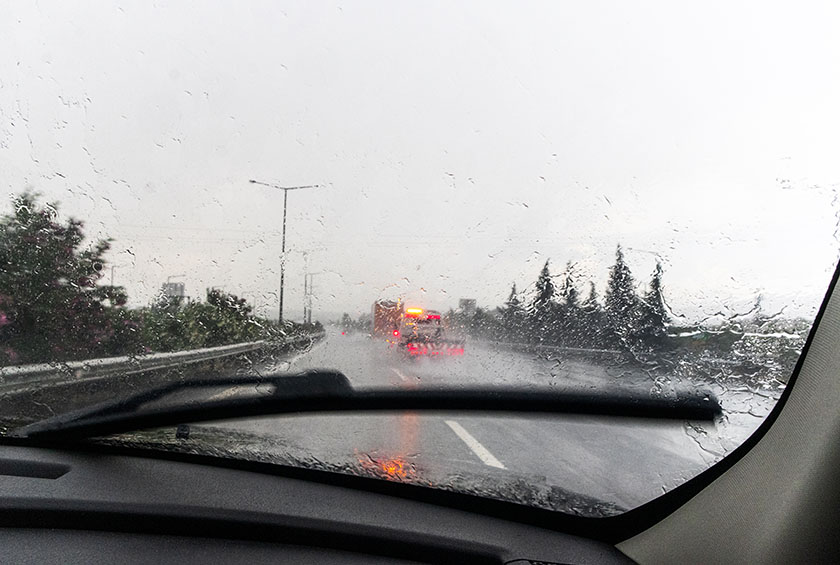Navigating the new era of climate uncertainty: The importance of updated traffic information Read article


Once again, Arity joined the intelligent transportation community at ITS America 2024 to explore how – together – we can achieve a safer, greener, and smarter tomorrow through technology and innovation.
This time, the conference was hosted in Phoenix, AZ, which was recently ranked #11 for U.S. cities with the highest number of fatal car crashes. This set the scene for vital road safety discussions.
Our partner Michelin Mobility Intelligence spearheaded one of these important conversations with the panel, “Improving safety for vulnerable road users,” featuring:
Here are three takeaways from the session.
Last year, the Governors Highway Safety Association revealed that U.S. pedestrian deaths reached a 40-year high, estimating that more than 7,500 were killed by drivers in 2022.
This garnered media attention which helped catapult the safety of VRUs into the mainstream spotlight. But really, it’s been a major effort for the intelligent transportation community, and this panel showcased success stories that will hopefully pave the way for others to take action against this issue.
For one, Phillipe shared the City of Ottawa’s Road Safety Action Plan, which included a goal to reduce the annual rate of pedestrian, cyclist, and motorcyclist fatalities and major injuries by 20% from 2020 – 2024. To accomplish this, the city focused on improving intersections, rural roads, and high-risk drivers through tactics like a communications plan, safety audits, and road safety training.
And due to these efforts, the City of Ottawa has decreased VRU fatalities and major injuries by 15% so far!
According to Phillipe, data played a big role in crafting the city’s Road Safety Action Plan. For instance, they knew that one-third of fatalities occur on rural roads and at higher speeds. But they also took the opportunity to dive deeper into the data, going past crash data to look at instances of hard braking and harsh acceleration which can indicate near misses or unreported crashes.
These valuable insights were used to assess VRU risk, and pinpoint key areas to mitigate.
During the session, Erik shared how Nevada recently tapped Michelin Mobility Intelligence to highlight areas with the highest VRU risk. Combining past data – including weather and infrastructure details – with current, near real-time driving events data from Arity, they created a VRU risk map. This helped the State of Nevada prioritize which counties to focus efforts on first.
Similar to Nevada, Erik also discussed how the City of Charlotte engaged Michelin Mobility Intelligence to help measure the success of its intelligent traffic system (ITS) deployments. Using driving events data from Arity, they conducted a before/after VRU safety analysis to see the impact these ITS deployments had on VRU risk. According to Erik, using data and insights from actual driver connections enables inputs that are more dynamic and comprehensive than static sensors and cameras – which simply can’t capture what’s needed to more precisely identify what could change to improve safety, along with where in an intersection.
These success stories underline the fact that data is a valuable tool to pinpoint areas of VRU risk. However, data is only one piece of the puzzle when it comes to creating safer roads for everyone.
Kylie and Rahul joined the discussion from an advocacy standpoint, highlighting the tedious process of securing funding for these important initiatives and emphasizing the importance of public, business (i.e., public/private partnerships), and political support.
At Arity, we believe everyone has a role to play when it comes to building a better future of mobility. And with the largest driving behavior database tied to insurance claims, we’re helping individuals, businesses, and government create meaningful change on our roads.
Click here to learn more about Arity’s role in the public sector.